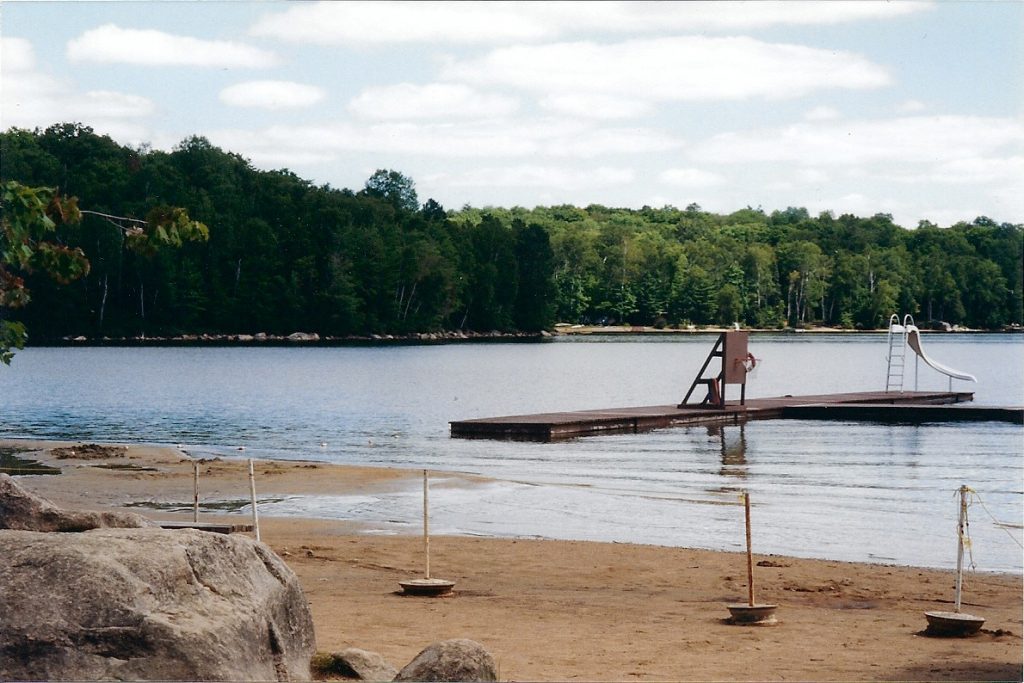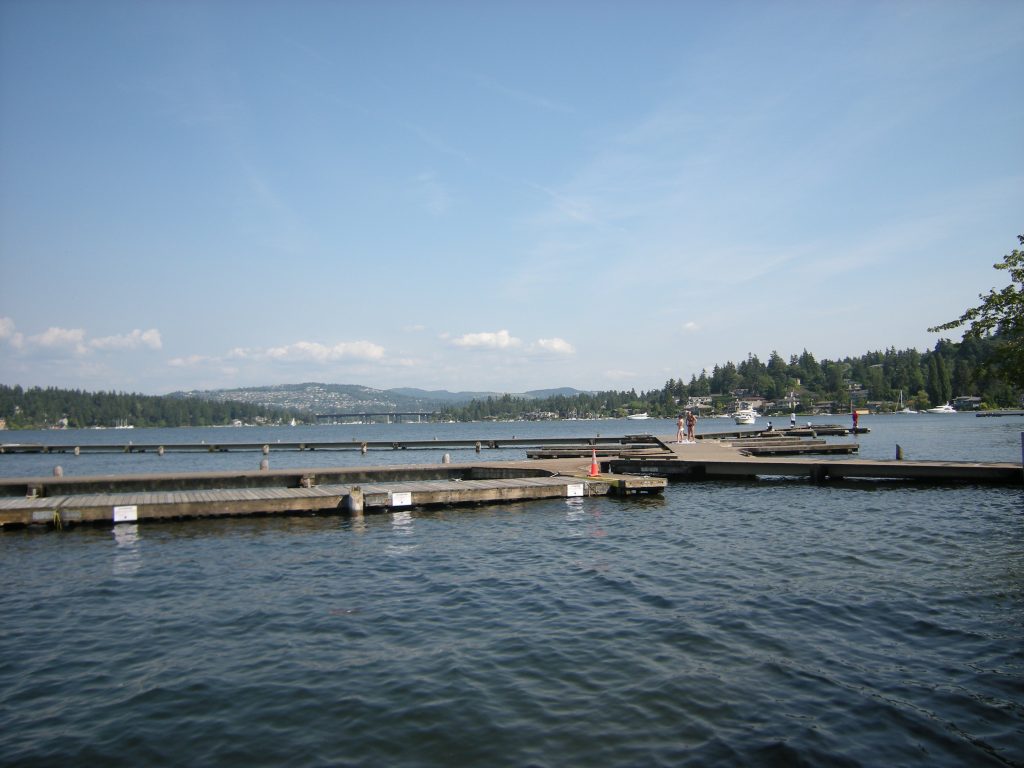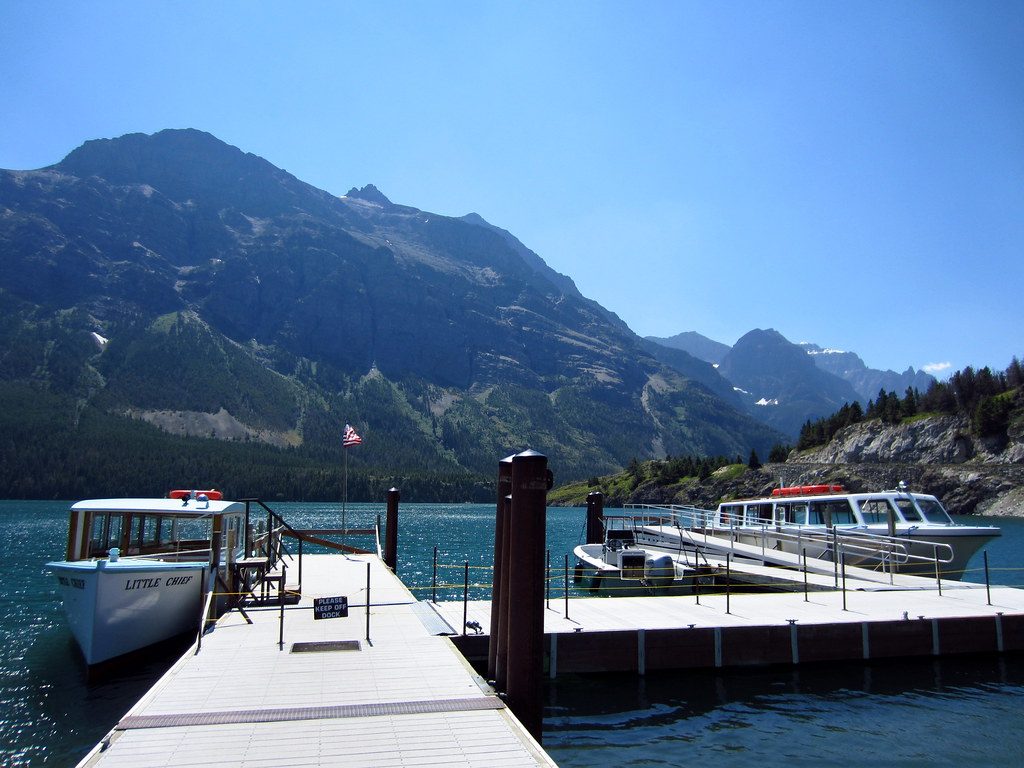Do you need to install a floating deck for a given nautical activity? Take a look at these few criteria that will help you refine your choice. Study the characteristics of the water body on which you will place your dock.
To be sure to choose the right type of dock for your project, you must consider many factors. The characteristics of the water are included in the list of these factors to be taken into account. You must, therefore, determine the depth and fluctuations of the water level.
You must also know the strength and direction of the currents and the nature of the riverbank. It should be remembered that these factors all play a role in determining the buoyancy capacity of the floating deck to be chosen.
Consider the Expected End Use of the Floating Dock

Note that your structure must allow the type of boat you intend to attach to it to be secured. Ask yourself which machine will be the most suitable for the water activity you are planning to set up.
The category of users you expect to accommodate also influences the shape and size of your floating infrastructure.
Remember that you will need a floating dock walkway to allow access to your structure. This floating dock walkway is especially useful when users are expected to arrive on the dock dry. It is also useful when users may have difficulty reaching the dock.
The Basic Questions

You should also ask yourself if you want to keep this dock in its place permanently or not and if you want it to evolve according to what you are looking for.
The answers you get to each of these questions will help you identify a list of requirements and expectations. It will then be easier for you to choose the ideal dock for your project.
Tip
A good way to help you make the right choice is to look at your neighbors’ floating docks.
If their docks have been installed for a few years and are in good condition, a similar configuration choice may be right for you.
Fixed Dock

It is the ideal option for shallow water. You can install a fixed dock in a maximum of 4′ of water.
A fixed dock is recommended if bad weather causes waves of up to 3′. If this is your case, you will have to moor the boat away from the dock.
A pile dock (or fixed dock) is not recommended in water that often fluctuates by more than 2′ in a short period. A floating dock would be more appropriate in this case. Otherwise, you may have to adjust its height a few times during the season.
The fixed dock is generally not anchored, and you should not rely on it to hold your boat during a storm or protect it from large waves created by other boats.
Semi-Floating Dock

– 1. A semi-floating dock is required in a floating dock configuration. It has floaters at the end to allow a smooth transition that adjusts the height between the mainland or a fixed dock and the floating dock.
– 2. In an area with significant water fluctuations, you can use fixed docks near the shore to transition to a floating dock in deeper water. However, before the floating dock, you need a semi-floating section of the dock so that it can adapt to these fluctuations.
– 3. If the depth of a lake or river drops rapidly, instead of installing fixed docks on the shore, you can start your configuration with a semi-floating dock length that will absorb the movements of the floating dock.
Floating Dock

– 1. A floating dock is ideal for water bodies deeper than 4′.
– 2. A floating dock is ideal for lakes and rivers in which water levels fluctuate periodically. As the dock floats, it will always be at the same level above the water.
-3. A floating dock is not recommended in a lake producing waves greater than 3′, as it could be damaged or broken and, at the same time, damage the boat that would be docked there.
Are You Looking for a Professional Marine Construction Company in Suffolk County?
Choose Tide Water Dock Building to install or repair your dock. Rest assured, if you choose them to build your floating docks, you are trusting 40 years of experience.
How to Anchor a Dock (on Piles or Floating)
Pile Dock
It is not necessary to anchor a fixed wharf unless you are in a basin with high waves. The piles are driven into the ground to ensure their stability. However, you should anchor your boat so that it will not hit the docks. Some people prefer to install a boat lift. Under challenging conditions, you can add one or more diagonal reinforcements between the piles.
Floating Dock
A floating dock system requires an anchoring system at the end of the dock and every ~30 feet.
It is the anchor blocks that will hold the docks in position in waves and water movements because there are no piles. Chain ties are required at each anchorage point.
To install the anchor weights, place them on the floating dock section (you can put thick cardboard or a piece of wood under the blocks to protect your deck), and group the appropriate amount of blocks for each corner. The chain will then be shackled to the group of blocks required for each corner.
Move the dock above the desired anchorage area and then tilt the blocks with water while holding the end of the chain that will attach to the dock. Keep some tension on the chain, hang it in the opposite corner and cut it off with two extra feet for adjustments during the season.
So, if you are looking for a robust and reliable floating dock, Tide Water Dock Building is the one you should trust in Suffolk County. They are recommended by various past clients.